We will send you an email to reset your password.
Pattachitra is derived from the Sanskrit words "patta," which means cloth, and "chitra," which means picture, the name "Pattachitra '' was created. It is one of the oldest and most well-known historical art forms, it is believed to have its beginnings as far back as the 12th century.
The Pattachitra style of painting is one of the most traditional and well-known forms of art, and it is mostly practiced in West Bengal and Odisha. During the prehistoric and medieval periods, Odisha was known as Utkala which means the "land of excellence in art and craft. A rich cultural heritage of Odisha is represented in the art forms and reflects a tradition that is still alive in the craftsmen's creative imaginations.
The Pattachitra artists, also known as chitrakars, derived their primary inspiration for their icon paintings from Hindu mythology. The Vaishnava faith and Jagannath are central to the theme of Odia painting. Lord Jagannath, a manifestation of Lord Krishna, has been the primary inspiration for Pattachitra culture ever since it first emerged.

Pattachitra Art Puzzle - Aurva
Pattachitra painting is a disciplined art form, and the artists who create them always stick to using only natural products. The Chitrakars try their best to be the most accurate expression through the use of the rich, colorful patterns, and as a result, they produce remarkable paintings that depict emotions, tales, history, culture, etc. Through their use of rich and colorful motifs, the Chitrakars strive to portray the most accurate expression. Typically, landscapes, perspectives, and distant views are not present. All incidents are displayed side by side. As a result of combining folk and classical elements, the Pattachitra style is created.
A Padma Shri awardee and popular Pattachitra sculptor, Raghunath Mohapatra is one of the most prominent Pattachitra artists. He is renowned for constructing a six-foot-tall sculpture of the sun god in addition to being a well-known Pattachitra artist.

Pattachitra Art Puzzle - Aurva
The Colors of Pattachitra
Regular colors are not used in Pattachitra. There is no room for oil paints, watercolor, crayons or poster colors. Instead, Pattachitra uses a variety of raw resources, including vegetables, stones, and minerals, to make its colors. Conch shells, for instance, are used to make Pattachitra's whites. Before being used, the shells are ground into a powder, cooked, and then filtered.
Hingula, a mineral, and that's where red colors originate. Yellow pigments are made by grinding haritala, a yellow stone known locally. Artists of pattachitra use a color produced from burned coconut shells or soot on black people. Five natural colors are used to paint Pattachitras. White (Shankha), Black (Kajal or kala), Yellow (Haritala), Vermillion (Hingula), and Indian red (Geru). The traditional artist utilized five primary colors to paint the patas. Odisha's folk painters and saints compare and contrast these five basic colors with the heavenly colors of the Jagannatha, Balabhadra, Subhadra, Sihasana, and Neela chakra. These are referred to as pancha tattva, or the five elements. Additionally, the colors represent each character's Rasa in a story.
Popular themes
Lord Jagannath, who is regarded as an avatar of Lord Krishna, serves as a primary inspiration for Pattachitra paintings ever since they first began. Pattachitra focuses mostly on mythology, religious tales, and culture. The main topics covered in the stories include Lord Jagannath and Radha-Krishna, the various "Vesas" of Shri Jagannath, Balabhadra, and Subhadra temple activities, the ten incarnations of Vishnu, and stories from the "Gita Govinda" of Jayadev, Kama Kujara, Navagunjara, Ramayana, and Mahabharata.
Some of the other popular themes represented through this art form are
- Thia Badhia – Depiction of the temple of Jagannath
- Krishna Lila – An enactment of Lord Jagannath as a child displaying his powers
- Dasavatara Patti – The ten incarnations of Lord Vishnu.
- Panchamukhi – Depiction of Lord Ganesh as a five-headed deity.
Learn more about Pattachitra at The Pattachitra artists of Odisha. This is how these paintings are made.

Explore Pattachitra - Handcrafted Storyboards Puzzle from Aurva!




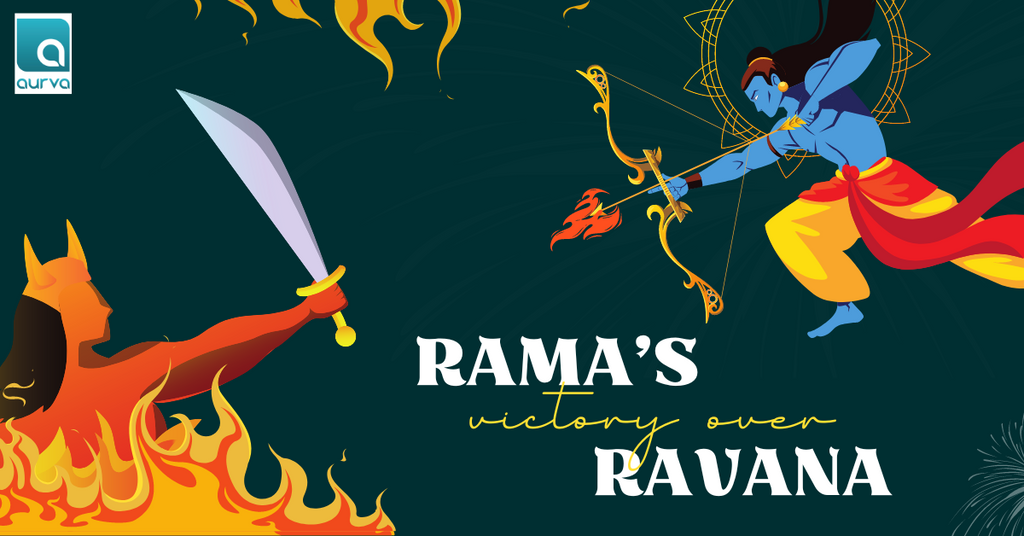
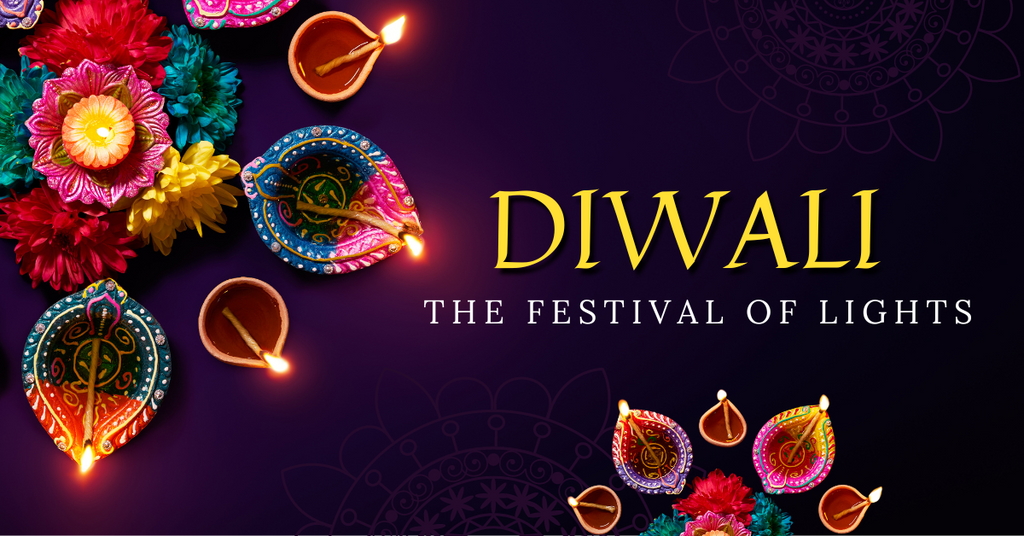


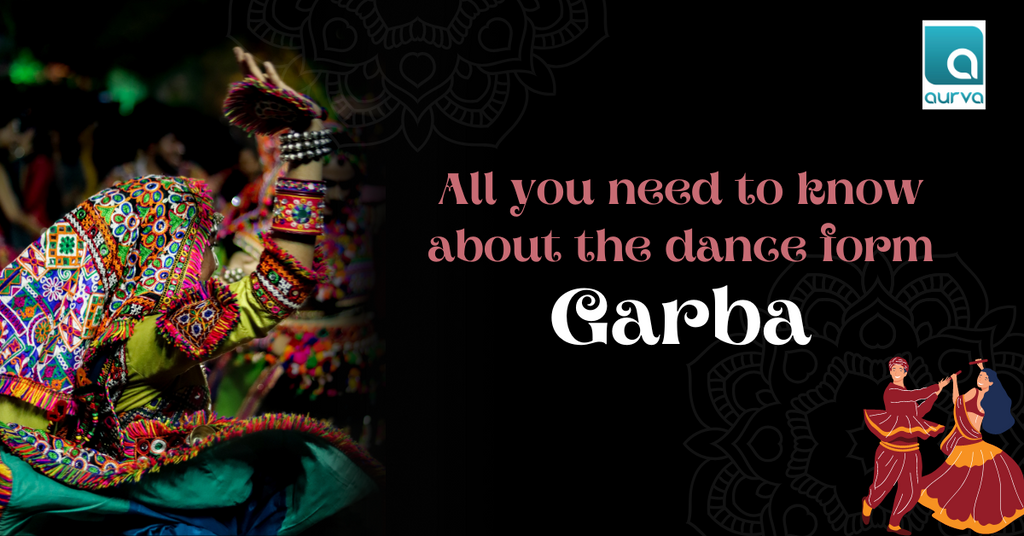


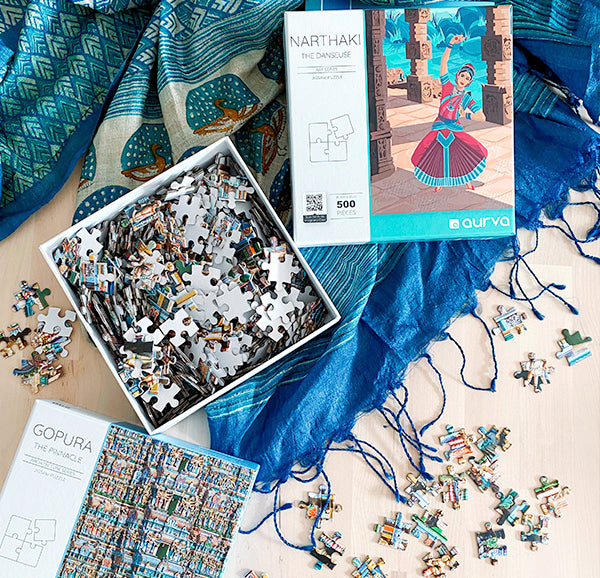
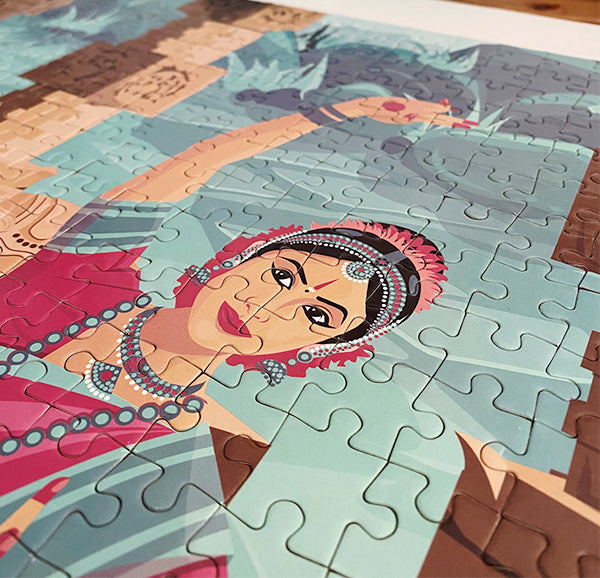
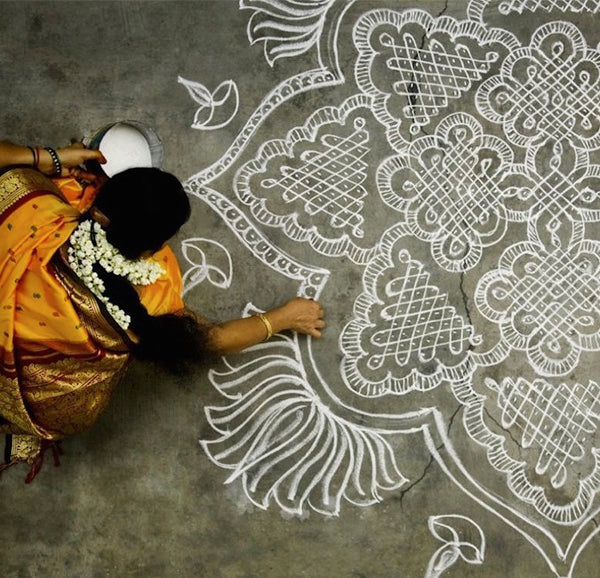
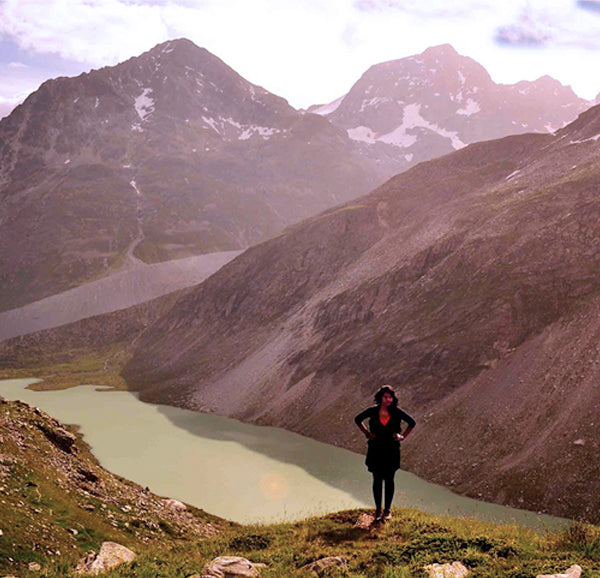
Leave a comments